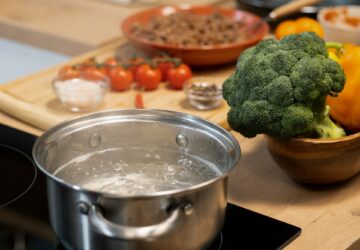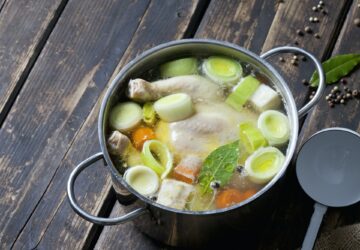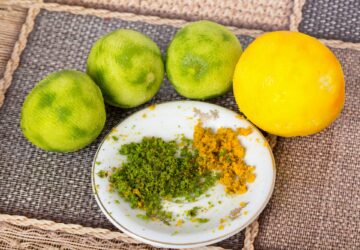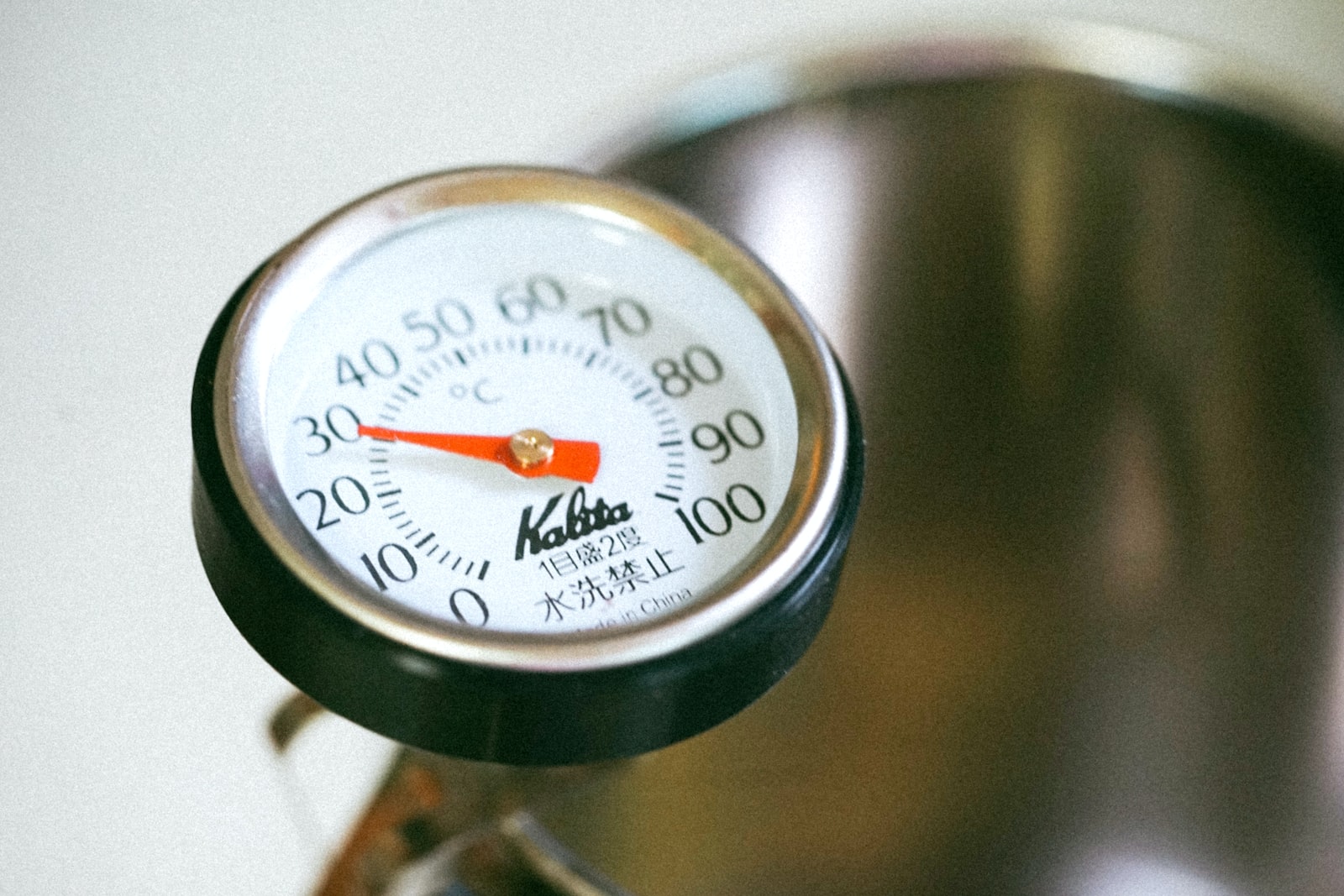Avoid making yourself and others sick by understanding food safety.
Food safety is an important aspect of cooking that should not be overlooked. Eating contaminated food can lead to various illnesses, such as food poisoning, which can range from mild to severe. In order to avoid these issues, it is essential to understand safe cooking temperatures for meat and to follow good food handling practices.
One of the main culprits of foodborne illnesses is undercooked meat. Meat can carry harmful bacteria, such as E. coli, Salmonella, and Listeria, which can cause serious health problems. It is important to cook meat to the appropriate temperature to ensure that harmful bacteria are destroyed.
The U.S. Department of Agriculture (USDA) recommends cooking meat to the following temperatures:
- Beef, pork, veal, and lamb: 145°F (63°C) with a three-minute rest time
- Ground meats: 160°F (71°C)
- Poultry: 165°F (74°C)
- Fish and seafood: 145°F (63°C)
- Leftovers and casseroles: 165°F (74°C)
It is important to note that these temperatures are the minimum recommended internal temperatures for safety. Cooking meat to higher temperatures may result in drier meat, but it is better to be safe than sorry.
When cooking meat, it is important to use a meat thermometer to ensure that it has reached the appropriate temperature. Meat thermometers can be purchased at most grocery stores or kitchen supply stores. It is important to insert the thermometer into the thickest part of the meat, away from any bones or fat.
In addition to cooking meat to the appropriate temperature, there are other food handling practices that should be followed to ensure food safety. These include:
- Washing your hands and surfaces often: Hands should be washed with soap and water for at least 20 seconds before and after handling food. Surfaces that come into contact with raw meat, such as cutting boards and utensils, should be washed with hot, soapy water.
- Separating raw and cooked foods: Raw meat should be kept separate from cooked foods and ready-to-eat foods to avoid cross-contamination. This includes using separate cutting boards and utensils for raw meat and cooked foods.
- Refrigerating food promptly: Perishable food should be refrigerated within two hours of cooking. If the temperature is above 90°F (32°C), food should be refrigerated within one hour.
- Thawing food safely: Frozen food should be thawed in the refrigerator, in cold water, or in the microwave. Food should never be thawed at room temperature.
- Avoiding unpasteurized dairy and juices: Unpasteurized dairy products and juices can carry harmful bacteria and should be avoided.
By following these food handling practices and cooking meat to the appropriate temperature, you can reduce your risk of foodborne illnesses and keep yourself and your family safe.
In summary, food safety is an important aspect of cooking that should not be overlooked. Meat can carry harmful bacteria, such as E. coli, Salmonella, and Listeria, which can cause serious health problems. It is important to cook meat to the appropriate temperature to ensure that harmful bacteria are destroyed. The USDA recommends cooking meat to the following temperatures: 145°F (63°C) for beef, pork, veal, and lamb; 160°F (71°C) for ground meats; 165°F (74°C) for poultry; and 145°F (63°C) for fish and seafood. In addition to cooking meat to the appropriate temperature, it is important to follow good food handling practices, such as washing your hands and surfaces often, separating raw and cooked foods, and refrigerating food promptly. By following these practices, you can reduce your risk of foodborne illnesses and keep yourself and your family safe.





